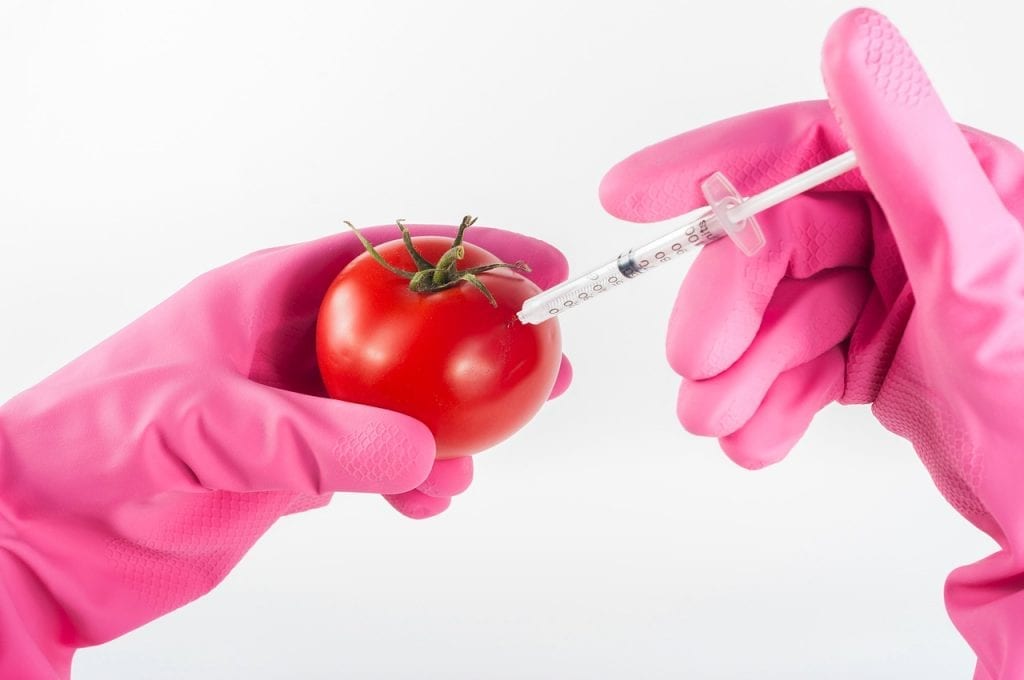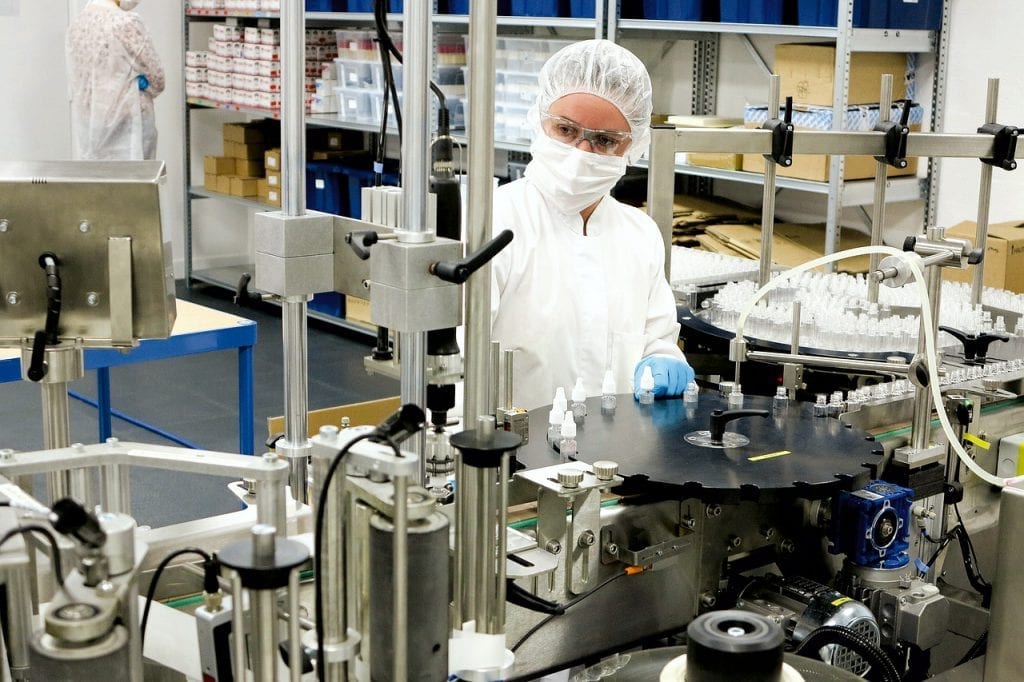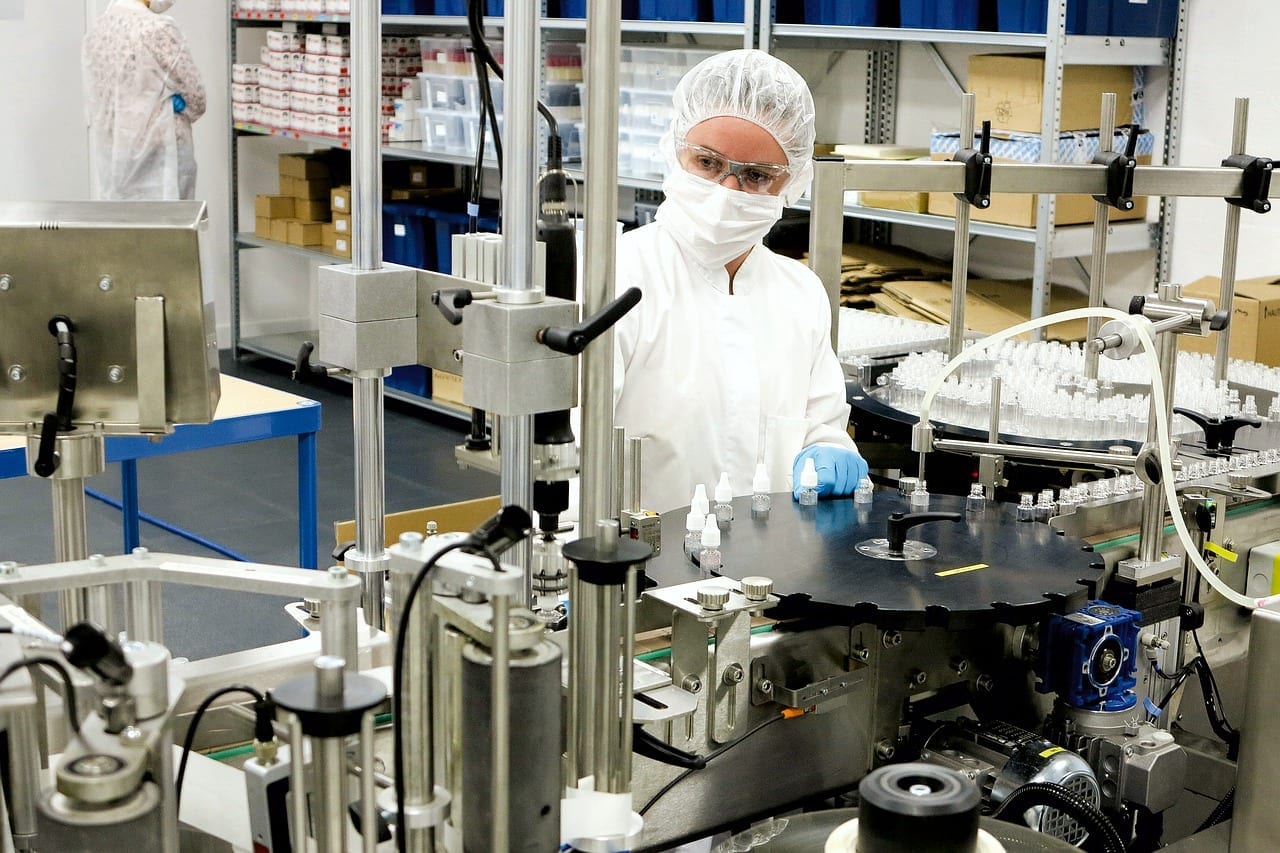Will that day come when we can eat meat foods not of animal origin but from labs? At the moment, there are numerous problems in cultured meat that keep her in suspense. A recent American report from the GAO (Government Accountability Office has exposed what those obstacles are to make your market a reality. Different issues are in doubt, including those related to the regulation of this type of product, from the moment cell samples are collected to the final sale to consumers. We explain them here so that you can learn a little more about this innovation of the biotechnology.
Not yet marketed
Before entering into the matter of the informative document from United StatesIt should be remembered that still no company sells cell culture meat. There is a provision so that in the not too distant future they can be seen for sale, provided that the products comply with the established regulatory framework. By FDA (Agency for Medicines and Food) together with the USDA (United States Department of Agriculture). The fact that there are still questions without a clear answer in several respects invites companies to be cautious. For example in food safety and environmental issues or the welfare of animals. But also in something as important as Human health, since there is no clarity about its benefits or not harms.
Due to these questions, the GAO a report to expose several key points such as production methods or the collaboration of both agencies mentioned in the tasks of supervising the rules. And is that those problems in cultured meat must be solved for the future of food born in the laboratory. Its potential is enormous, according to the US National Academy of Sciences. But you have to act with security above all else.

GAO Analysis and Questions
Scientific literature existing up to now, information published in the media in recent years and even the regulatory activity in the American country. All this has sought to analyze the report of the GAO together, of course, with companies dedicated to producing meat, fish or shellfish of cell culture. As you can read, the spectrum of foods is that wide. The government agency - which usually handles audits, evaluations and investigations that are then presented in the US Congress - has raised questions. They all have to do with problems in cultured meat. The new options are the following:
-What technology is used for the development of these crops? How would it affect the final food?
-How are the production systems on a large scale?
-Which is the exact composition of the final foods that would later be marketed?
-How often do production companies need collect cell samples from biopsies? What animals are they extracted from?
-Does commercial production methods involve the technology of genetic engineering?
-Will they be used antibiotics in this type of meat? Will residues of these drugs be detected in the final food?
And one last question related to security risks due to the difference between the methods used in the production of commercial and traditional meat: how will it affect its obtaining by cell culture?

These are the problems in cultured meat
Of all those concerns, the GAO has drawn conclusions that corroborate the problems in cultured meat. Not know how much meat could you get from a single biopsy of animal tissue. But neither what are the technologies and methods used for the entire process, as all of this is still under development. Like the temporary supports where cells grow and form tissues. It is not known whether or not these structures will be edible or will have to be separated before the product is placed on the market so that it does not pose a risk. In addition, there are doubts about the companies that may be using genetic engineering in the production. Even the processing technique used that should meet the appropriate health and safety standards.
On the other hand, in the use of drugs, some companies assure that their food would be free of them or other chemical substances. However, it is not decided if they would be used, something that would limit the quantity and duration of the meats obtained. Would it then be a clean, safe and sustainable financing model What has it been called since this alternative to the usual animal origin began to be investigated? And finally, would it be profitable to produce it once all these problems in cultured meat? This is one of the biggest challenges in the sector: economic viability that would allow it to be affordable for the consumer as well. We will see if all these unknowns are solved little by little along with aspects of labeling, acceptance by the public, and so on.







